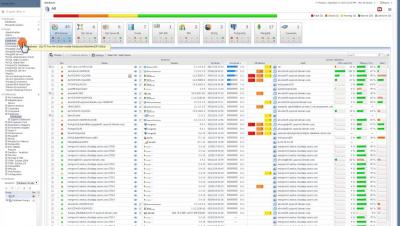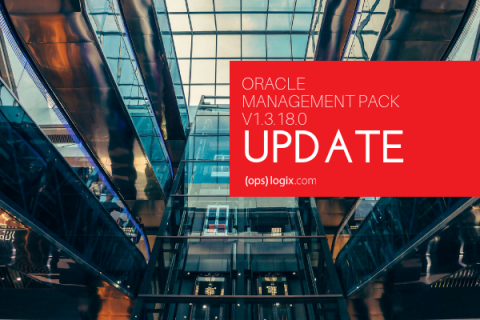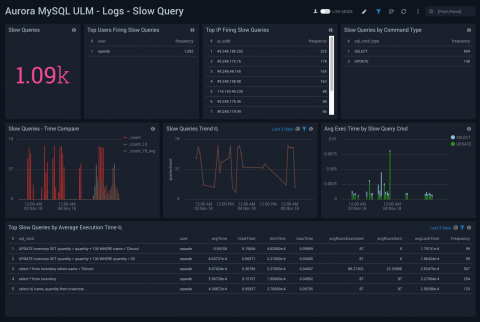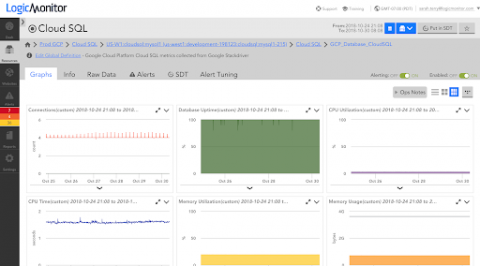5 Tips to Avoid Deadlocks in Amazon RDS Part 1
Last week, I wrote A Beginner’s Guide to Deadlocks in Amazon RDS. This week, I’d like to lay out my 10 years of experience about how to avoid deadlocks altogether. Often times, this will be out of the hands of operations people, but you can still move for dev changes based on issues in production. The more knowledgeable you are about deadlocks in general, the more they will lean on you as a resource with wisdom, not a totalitarian barking rules.










